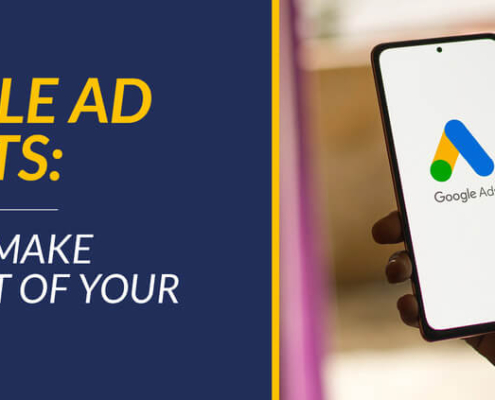
Google Ad Grants: How to Make The Most of Your Free Ads
Imagine having $10,000 each month to get your nonprofit in front…

Demystifying the Google Ad Grants Website Policy: A Guide
In a word, the Google Ad Grant is transformational. The program…

Digital Fundraising for Nonprofits: 6 Key Strategies
Nonprofits need strong digital fundraising and marketing strategies to…